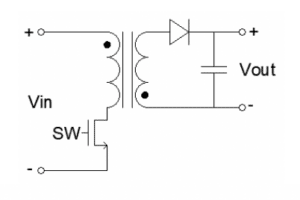Forward converters—also referred to as forward-converter transformers or transformers for forward-mode topology—are used in DC-DC conversion applications to provide voltage transformation and circuit isolation. They increase or decrease the voltage levels of DC input, depending on the duty cycle and number of windings. Compared to alternative topologies, they offer greater design simplicity, multiple isolated output…
Top Automation Processes Used in the Automotive Industry Today
Many industries have adopted automated technologies, such as AI or machine learning. While much of this technology is still in its early stages, it is already doing impressive work—automation in the automotive industry, for example, has led to a steep increase in productivity, even in complex tasks. Here, we’ll discuss four high-tech automation processes utilized…
